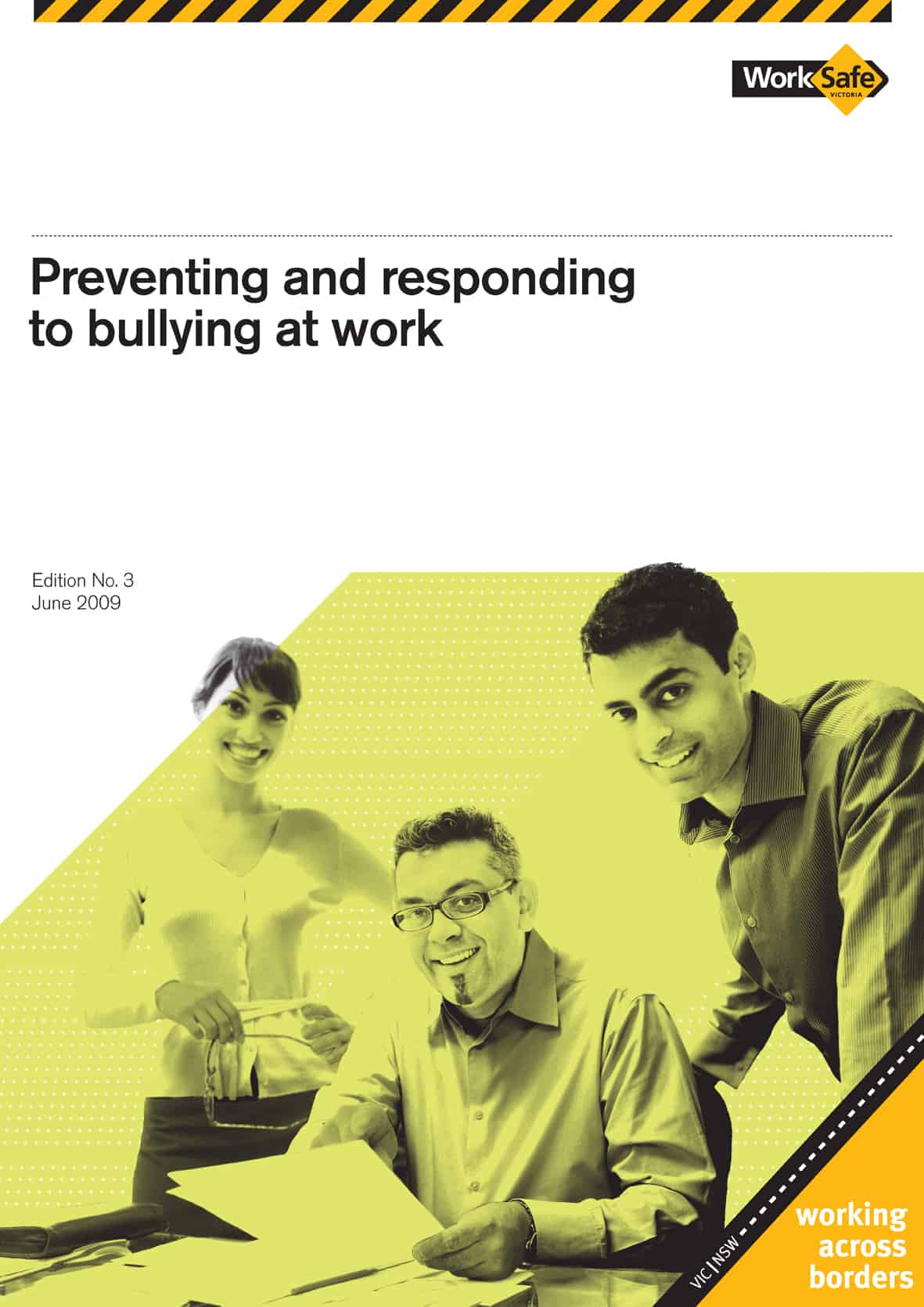WorkSafeBC is a regular provider of useful safety videos. In mid-April 2010 the regulator released a latest video that reports on an exploding soup kettle in a restaurant that injured several workers with steel shrapnel and steam.
Safety prevention videos are costly to produce properly and WorkSafeBC has followed a process that is informative and simple but providing a slide show with an audio commentary. This is a technique that makes use of the many incident photos that OHS investigators take without compromising the investigation and still offering a much more attractive and appealing safety alert. It is a technique that other OHS regulators should consider.


 The issue of quad-bike safety continues to be controversial in Australia. This debate is not helped by inconsistent safety messages on television. Many of the news bulletins in Australia on 2 March 2010 showed the Leader of the Opposition,
The issue of quad-bike safety continues to be controversial in Australia. This debate is not helped by inconsistent safety messages on television. Many of the news bulletins in Australia on 2 March 2010 showed the Leader of the Opposition,